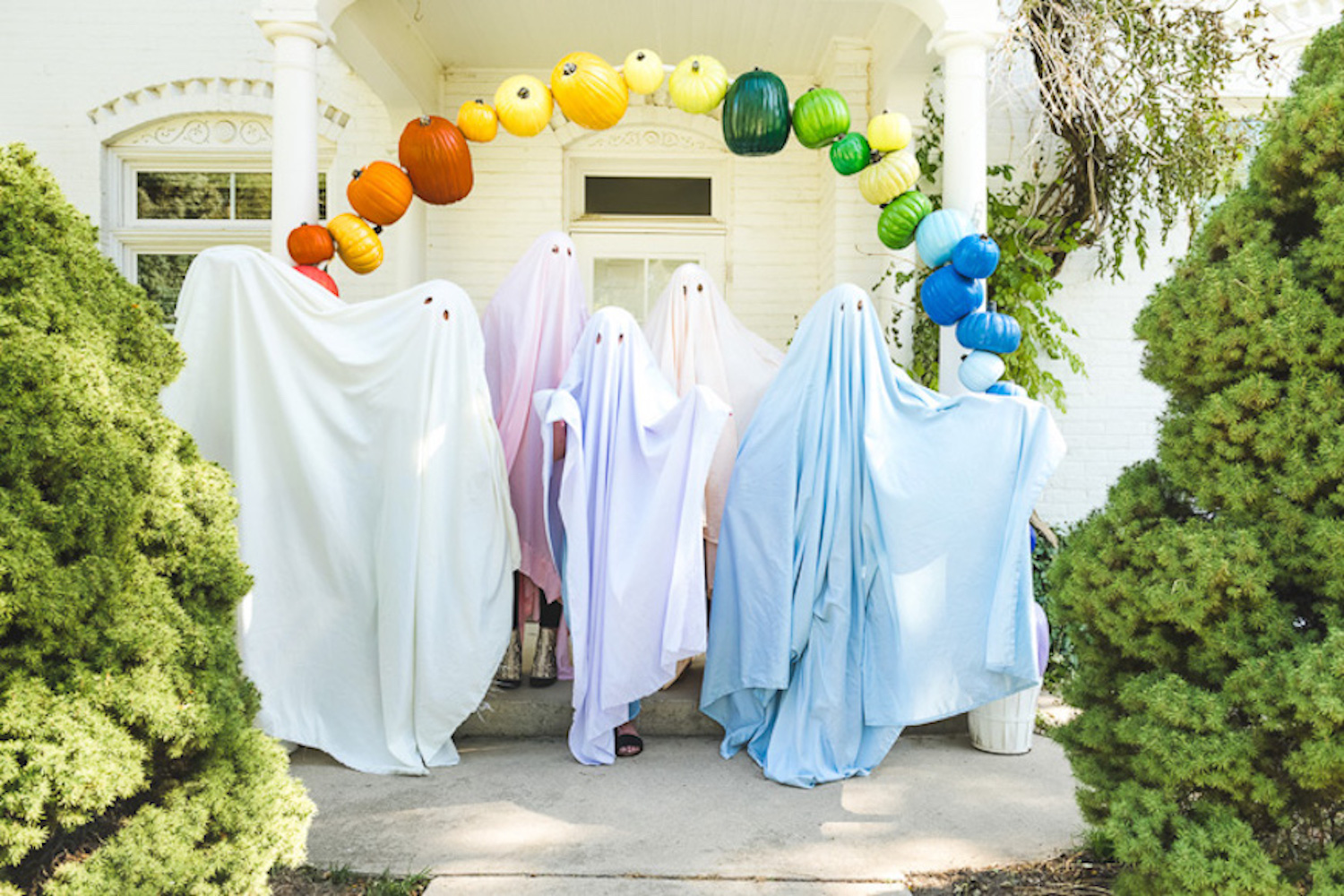How Bats Benefit the Environment—Plus 4 Simple Ways to Help Save Them
Did you know bats have contributed up to $53 billion a year to agriculture by eating insects? Here's how to help the bats in your own backyard.

Published
With Halloween fast approaching, you may have bats on the mind. From bat costumes and decorations to the beloved bat Vine (it's freakin' bats, folks!), this is truly primetime for the spooky mammal. But did you know bats are just as important for the planet as bees?
Bats tend to get a bad rap for carrying diseases or drinking blood (only vampire bats do that!). While it's true that you should avoid physical contact with bats, they're critical for the health of forest systems, crop pollination, and controlling the insect population.
How Bats Benefit the Environment
A past study published in the journal Science found bats have contributed up to $53 billion a year to agriculture by eating crop-damaging insects. By contrast, pollinators like bees have contributed $24 billion worth of work for agriculture. A single colony of brown bats can eat nearly 1.3 million insects annually.
If you're like us, you may be surprised that bats are so important for the environment. Unfortunately, bats are facing many threats to their survival, just like bees. Safe bat habitats are disappearing at a rapid rate, driving bats into urban areas where they're exposed to harmful pesticides, prowling pets, and other dangers.
We've found four ways you create a more bat-friendly yard so they can do their work in a safe environment. While many people are worried about bats lingering around their homes, as long as you don't touch them, you and your pets are perfectly safe. In fact, you can rest assured that bats want to avoid you and your pets just as much as you want to avoid them—if not more so.
Here's how you can create a bat-friendly backyard to help the important mammals thrive during spooky season and beyond.

4 Ways to Create a Bat-Friendly Backyard
1. Install a Bat House
Bats are running out of safe spaces to live. Their habitats—which naturally include caves, rock crevices, and trees—are disappearing. Bats instead have to look for old buildings, bridges, and mines, where they may be subject to extermination.
Installing a bat house is a great way to contribute to bat conservation. Bat houses are a lot like bird houses. You can buy them online or build them. Just be sure they're made of wood, are 12 to 20 feet above the ground, and are installed 20 to 30 feet from tree lines.
2. Leave Dead Trees Alone
If you don't want to build or buy a bat house, you can also support bat habitats in another, easy way: Do nothing! If you have a dying tree in your backyard that you're tempted to cut down, consider leaving it alone if it doesn't pose a safety risk. Bats love hollow trees to roost (aka sleep, rest, and hibernate).
3. Avoid Pesticides
As with most pollinators, pesticides present a major threat to bat populations. While many of us may associate bats with vampire bats, most bats actually live off nuts, fruits, and other pollinated plants. In doing so, they help pollinate many crops! Using pesticides on your plants or trees can poison bats.
Also, remember that bats act like natural pest control. Bats are great for keeping your insect population down. With a bat house around, you won't need pesticides anyway!
4. Keep Your Cats Indoors at Night
We all know cats like birds (or, well, don't like them). But did you know cat attacks are a leading cause of bat death? Keep your cats indoors at night to help ensure your local bats can feed safely.

12 DIY Halloween Costumes You Can Make With Things You Already Have at Home
These easy DIY Halloween costumes are good for the planet and your wallet. You can create them with things you already have at home!

5 Fun Ways to Reuse Pumpkins After Halloween
There are so many ways to reuse pumpkins after Halloween. Here are five creative options, from having a spa day to using it as a plant pot.

15 DIY Group Halloween Costume Ideas You Can Make in Minutes
These group Halloween costumes are easy to put together using what you already have, saving money and reducing waste.

